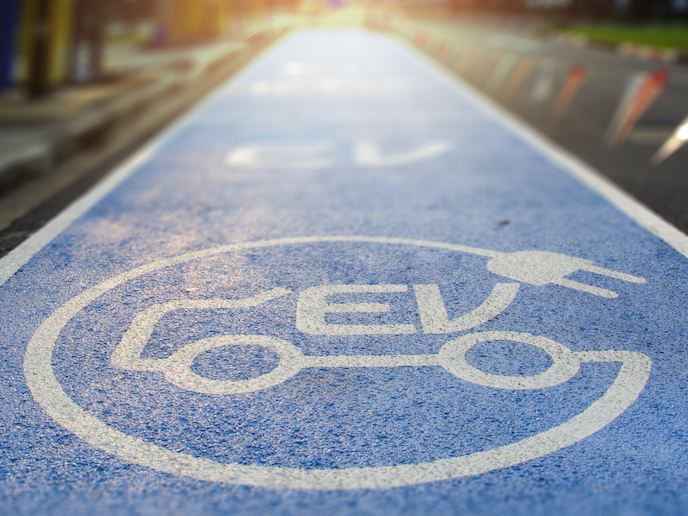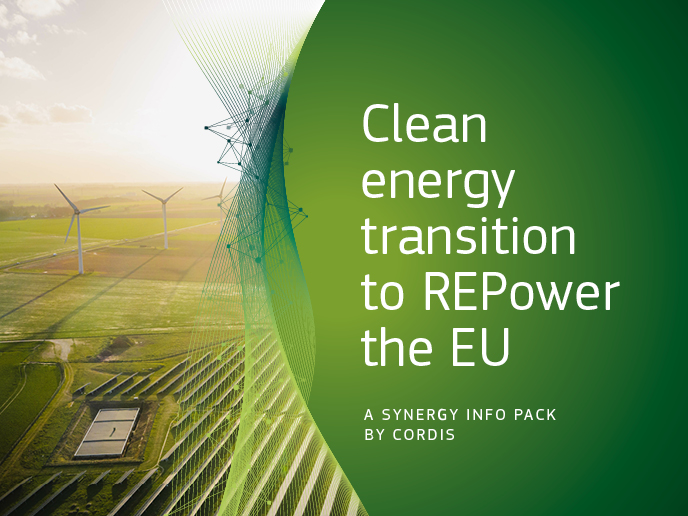Joint procurement for more tailored transport solutions
The SPICE (Support Procurements for Innovative transport and mobility solutions in City Environment) project is all about two – or in this case, many more – heads being better than one. Since its kick-off in September 2016, the project has enabled a multi-sector network where stakeholders can meet and discuss their needs, expectations, experiences, lessons learned and ideas for future processes. SPICE collected current practices, developed a set of recommendations, and formed a number of Common Buyer Groups – buyers who share the same needs and plans for procurement. As they kicked off the project, Jos van Vlerken and other members of the SPICE consortium could indeed only notice the discrepancies between buyers’ needs and market offerings. Added to the lack of experience using available procurement approaches and the lack of knowledge sharing, this made for a very fragmented sector where stakeholders often working in silos were having a hard time finding adapted transportation solutions. “Of course, buyers’ needs differ from topic to topic, between different buyers, as well as between different procurements. But the main discrepancy we have identified is that public procurers wish to purchase solutions that are adapted or tailor made to the given locality or setting, whilst industry tends to sell off-the-shelf, one-size-fits-all solutions,” van Vlerken explains. SPICE tackles this issue by helping Common Buyer Groups work on common procurements for their sustainable transportation projects. The point is to enable more harmonisation between solutions, larger volumes and the related economies of scale. “If possible, it is advantageous to break a big procurement into smaller pieces, which allows the procurer to differentiate solutions which need a large degree of innovation from solutions which don’t. Furthermore, this also allows smaller bidders to participate in the procurement,” says van Vlerken. When a common procurement cannot be achieved, Common Buyer Groups can still improve public procurement by sharing ideas and approaches. As van Vlerken underlines, this is essential in a field where technology is progressing much faster than public authorities can buy new solutions. “In the meantime, procurement approaches, procedures that enable innovation and the technical solutions themselves will all have progressed to such a degree that the buyer will not be able to rely solely on past experience to make accurate decisions. Sharing experiences among buyers on public procurement levels has the same type of benefits as sharing information on consumer goods on social media, ratings and comparison websites and blogs on the internet,” he adds. SPICE established a catalogue of best practices that can be found on the project website, and also provides recommendations for public procurers. “Our main recommendation is to continuously learn from recent procurements addressing the same or similar challenges. We also recommend long term-planning and alignment with other public entities, as well as resorting to expensive pre-procurement investigations or introducing market dialogue processes into the procurement. The purpose is to make the market aware of the challenges that the procurer is facing, as well as get an understanding of which solution the market can offer,” van Vlerken says. Ultimately, the consortium is confident that citizens will benefit from the project’s outcomes: first, through the quality and convenience of mobility, whether it is achieved through ITS, EVs or mobility services; and then, through the cost benefits of increased insight and experience with innovative procurements that take long-term factors and co-creation into account.







